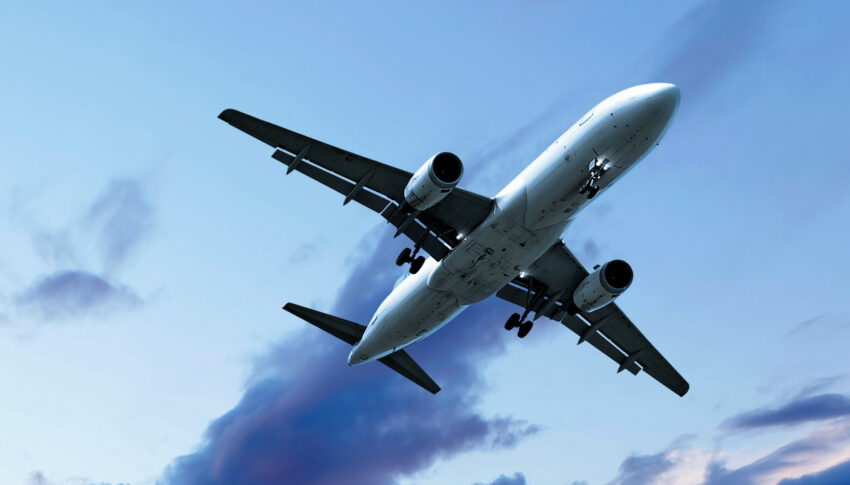Artificial intelligence and machine learning are taking the aviation industry by storm, and it feels like new use cases are being demonstrated almost daily, especially for the sub-field of deep learning. So what is deep learning, what does it do in aviation, and how is it related to these wider technology fields? We round it all up in the latest of our ab initio topic introduction guides!
Definitionally, deep learning is an advanced subset of machine learning (ML), which is itself a subset of artificial intelligence (AI). Deep learning is “essentially a neural network with three or more layers,” explains IBM in a wider tech industry primer. “These neural networks attempt to simulate the behaviour of the human brain — albeit far from matching its ability — allowing it to ‘learn’ from large amounts of data. While a neural network with a single layer can still make approximate predictions, additional hidden layers can help to optimise and refine for accuracy.”
In particular, it’s not just that it’s a more detailed application, it’s the types of data that are different, as well as how much processing is used.
Within the aviation industry, AI in general has advanced substantially over the last few years — particularly since the 2018 IATA AI in Aviation white paper [PDF], which defined four generations of AI that each added specific abilities:
- rule-driven reasoning: analysis and conclusion
- learning through big data: perceiving the outside world
- analytical awareness: learning from experiences
- contextual awareness: abstraction of knowledge
The key to deep learning as opposed to the wider branch of machine learning is that it adds layers of analytical algorithms, incorporating more data in new ways.
Applications of this kind of deep neural network — sometimes referred to as artificial or simulated neural networks within aviation include, with some example uses within the industry:
- deep autoencoders: exception and anomaly identification, including anomaly detection in terminal airspace
- deep belief networks: prediction from limited datasets, including aviation safety forecasting
- convolutional neural networks: video and image classification, including classification of aircraft rivet abnormalities
- recurrent neural networks: speech and text language uses, including passenger service chatbots and large-scale raw text customer feedback processing
This kind of technology can be used almost anywhere that analysing large datasets would be expensive or impractical to undertake by humans, or where there are additional benefits to layering deep learning analysis on top of human expertise.
Recent applications are widespread and include:
- maintenance, repair and overhaul
- air traffic control
- passenger service
- aviation safety
- flight operations
- aircraft health management
- ground and airport operations
- airliner design
- flight and trajectory planning
- fluid mechanics and aerodynamics
Often, deep learning can reveal patterns that machine learning cannot, because of differences in the ways in which the two kinds of algorithm approach their datasets. Where earlier machine learning required human stimulus, especially around categorisation and identification of dataset elements, a fundamental advantage of deep learning is that it creates the categories itself.
Sometimes, these patterns might seem unimportant: a deep learning algorithm examining video of ground handling equipment at an airport might create a category such as ‘blue trucks’, or ‘trucks whose license plates have a number 3 in them’. But if those blue trucks all belong to ground handler X or airline Y, and are also observed in another pattern — exceeding speed limits, or taking longer to perform a turnaround, or if the number 3 is a year designator and those trucks break down more frequently — then there is real, valuable information to be gleaned.
Already, sequential deep learning models are using neural networks to glean insights from raw text reports from the US National Transportation Safety Board (NTSB), while convolutional neural networks are predicting airport ground movements and assessing their safety through deep learning video analysis.
Critically, though, deep learning still lacks robust validation methodologies. In a safety-focussed industry like aviation, much more so than in other industries, this means that a key part of its implementation must inherently still include human review. As a result, deep learning within aviation, particularly in the early stages, may become more specialised than elsewhere, almost with microapplications that perform targeted analysis to improve specific aspects of the industry’s operations.
Author: John Walton
Published 23 May 2023




